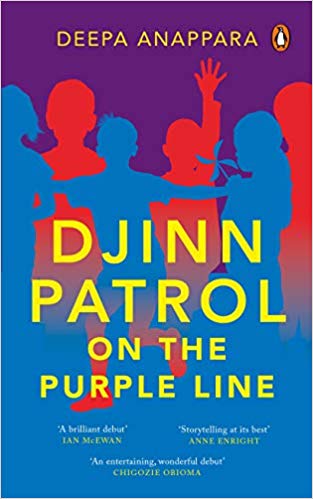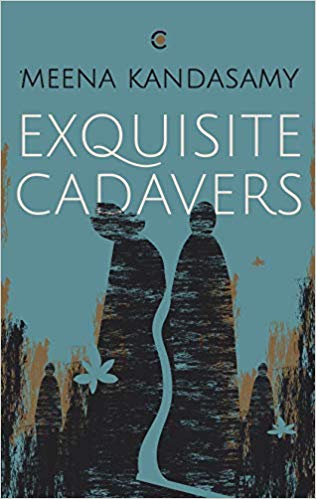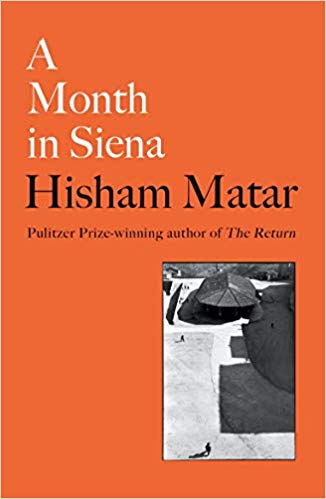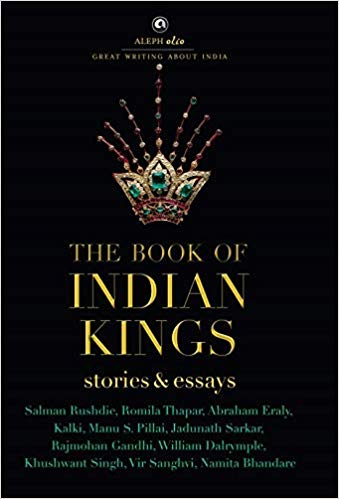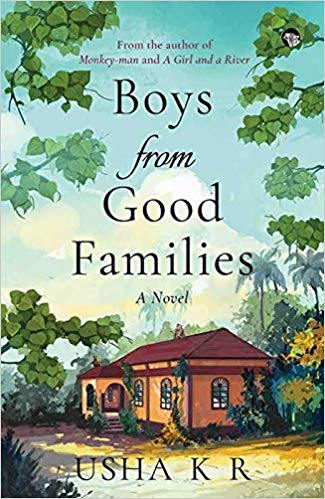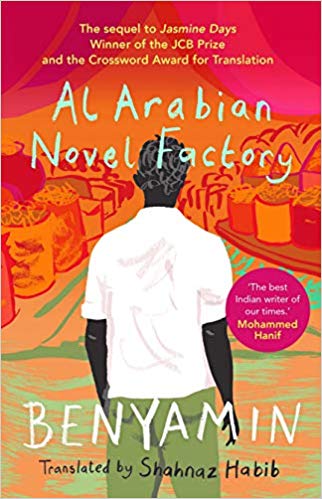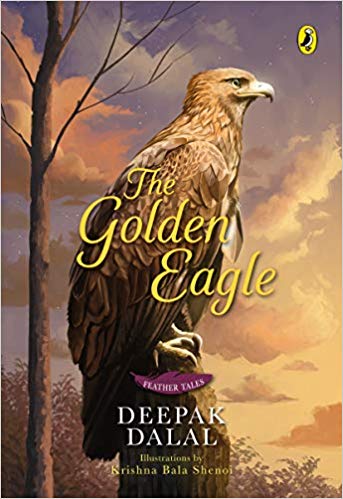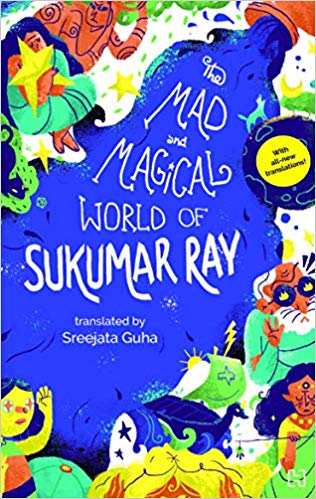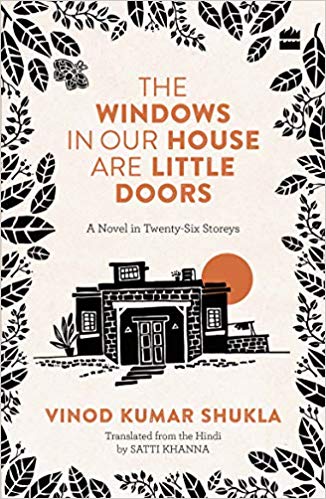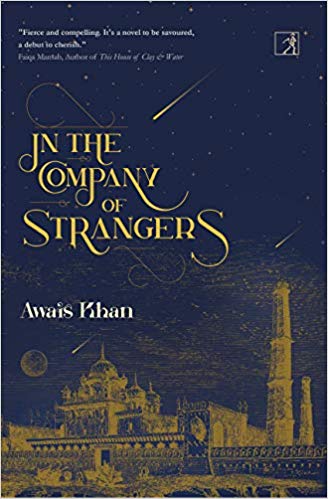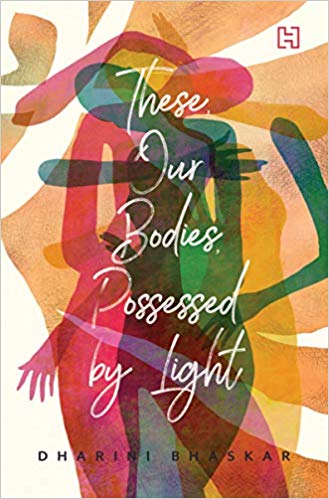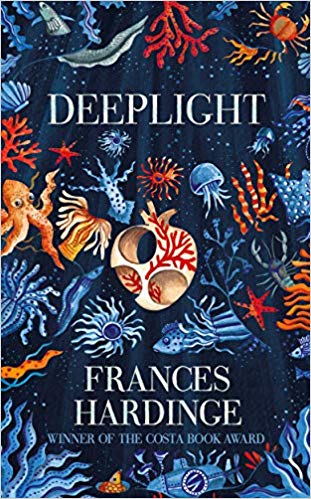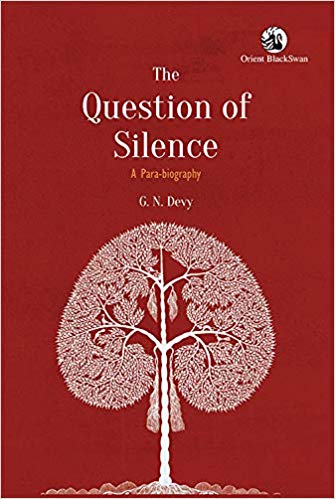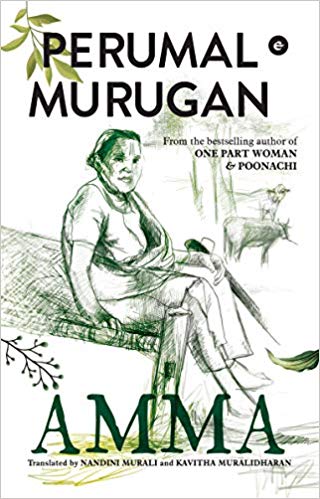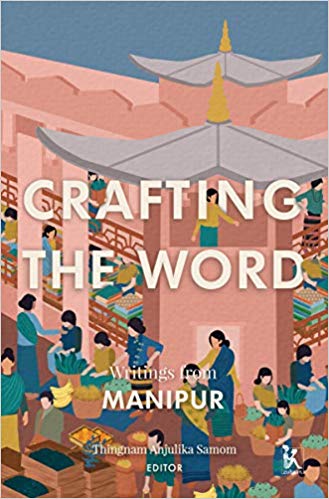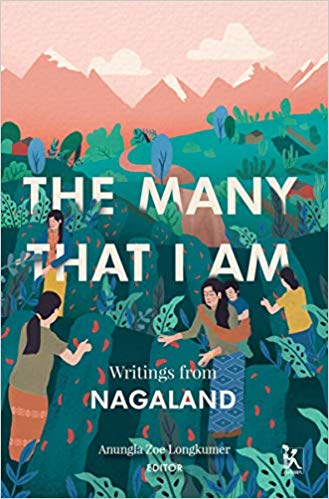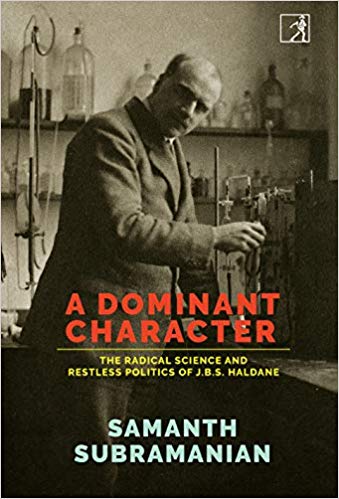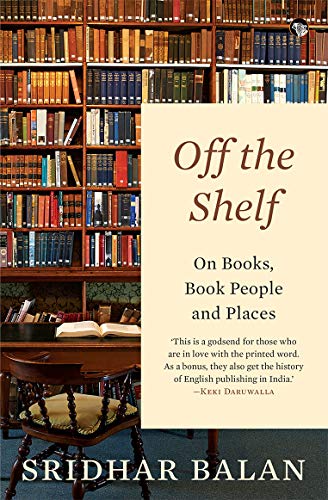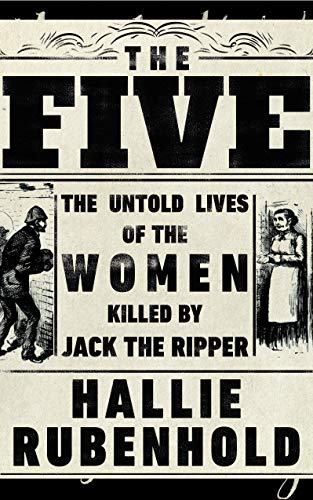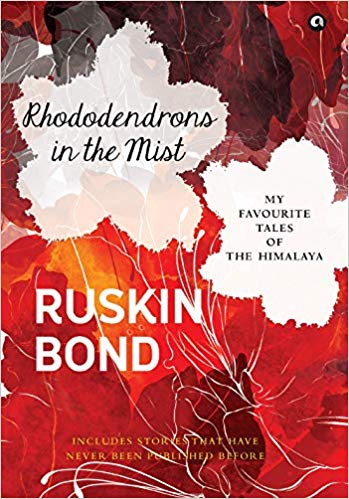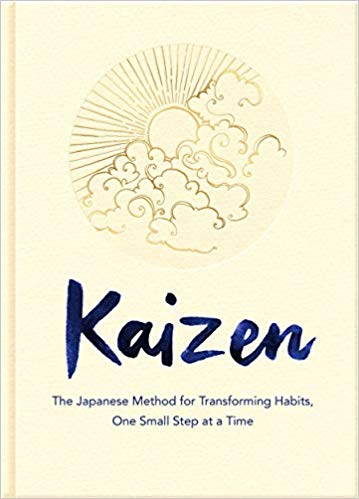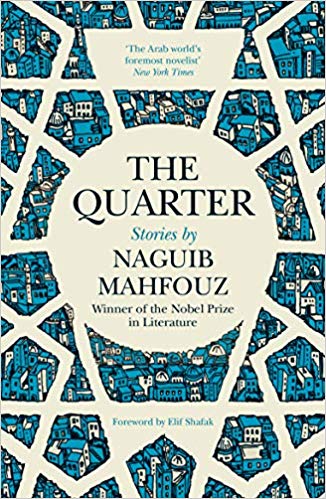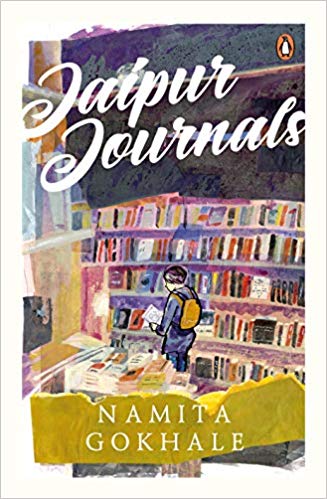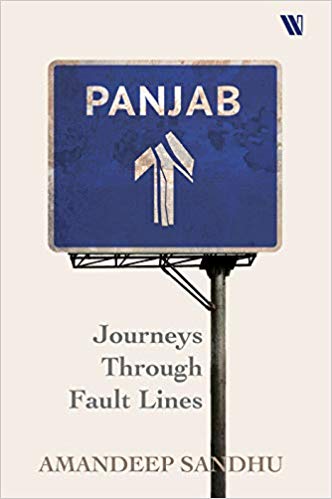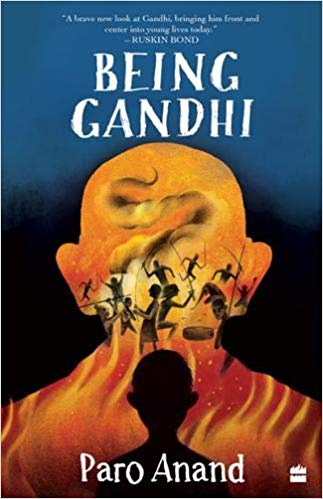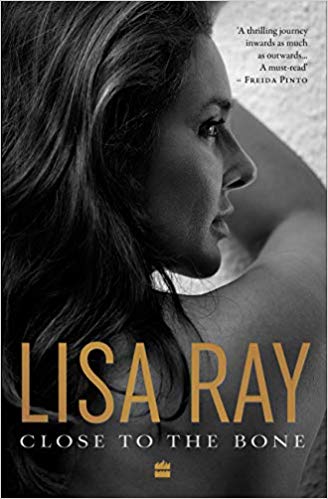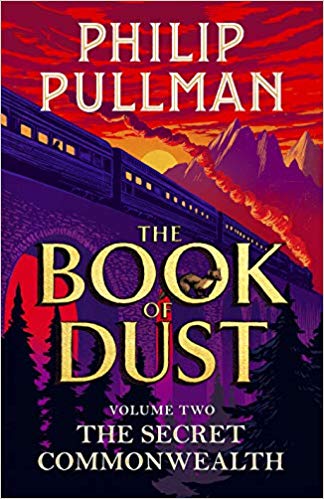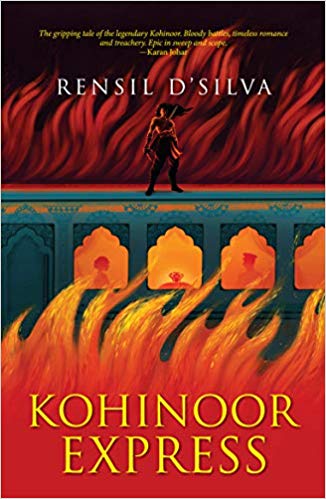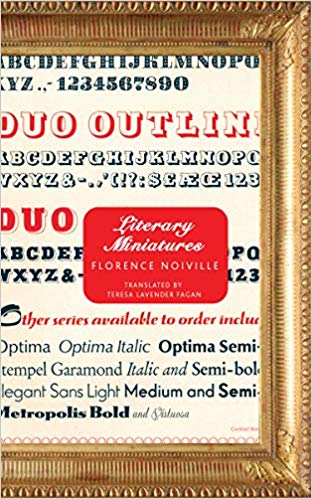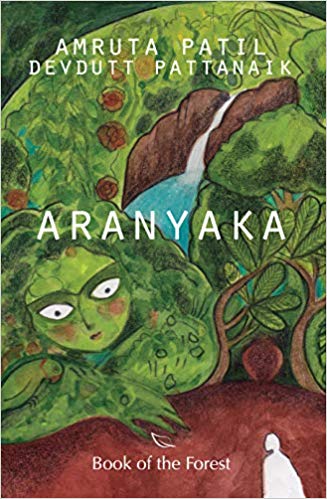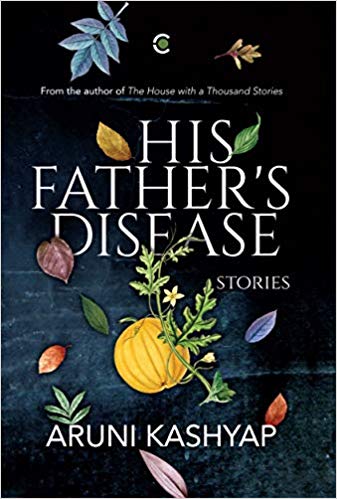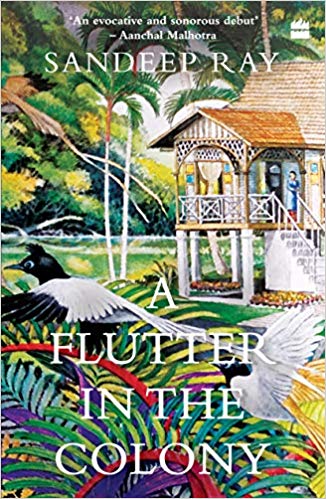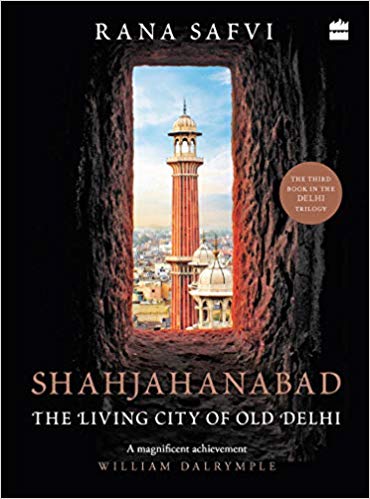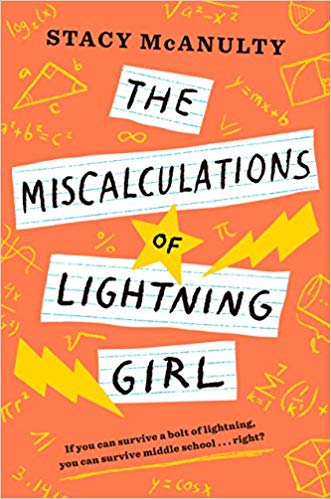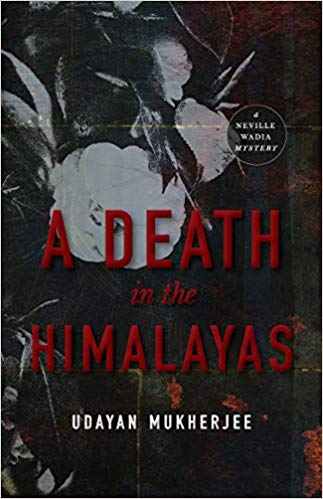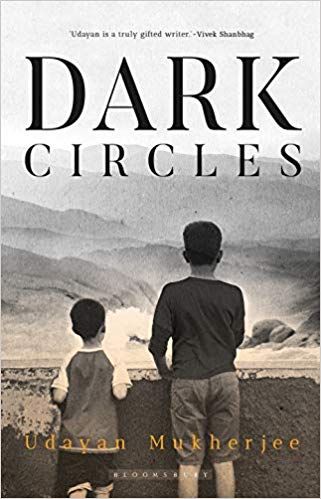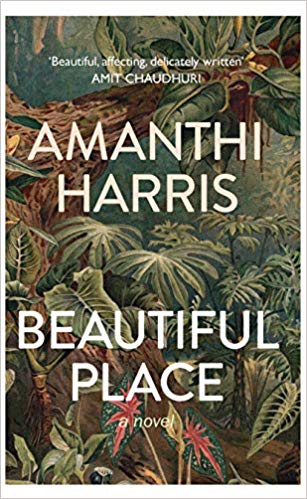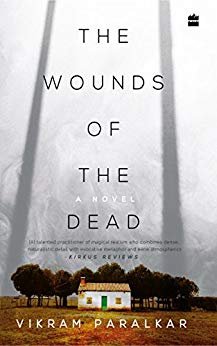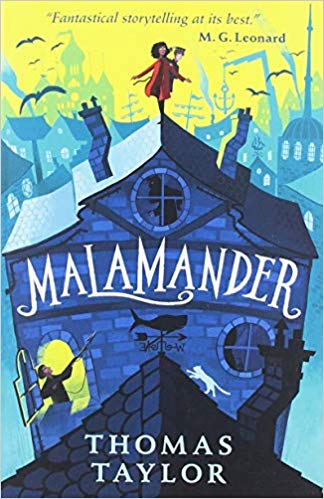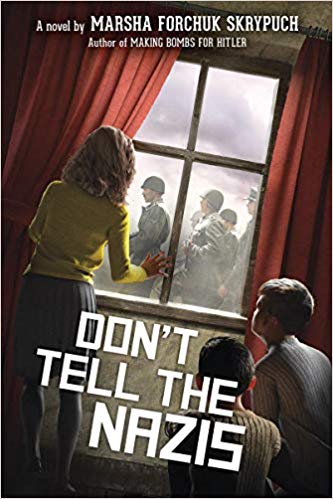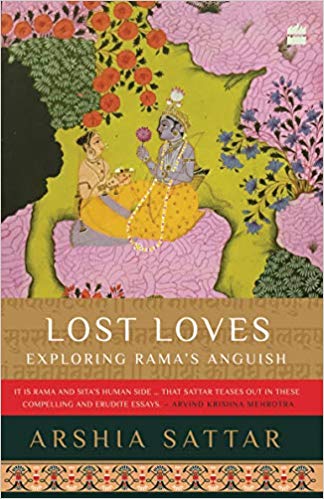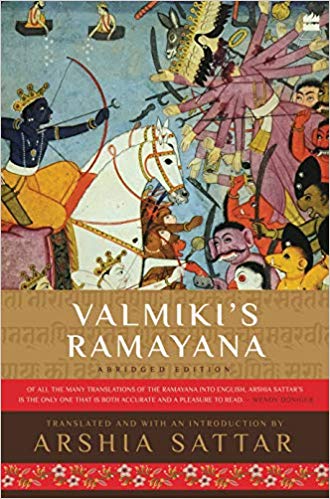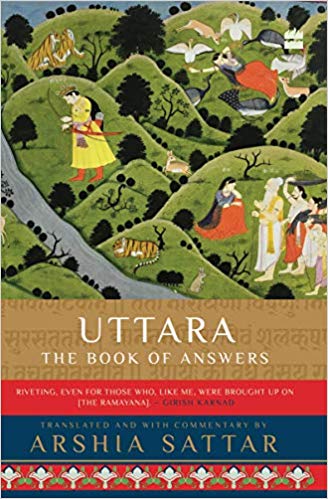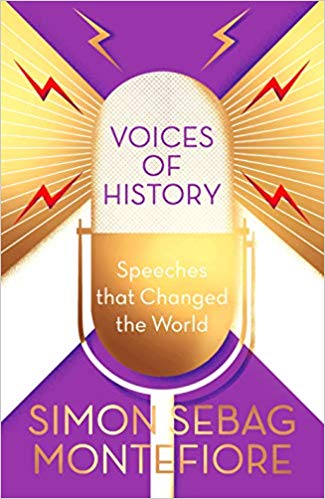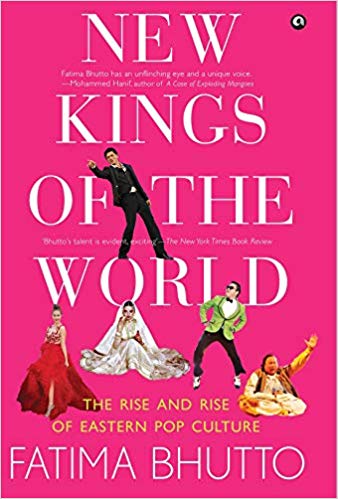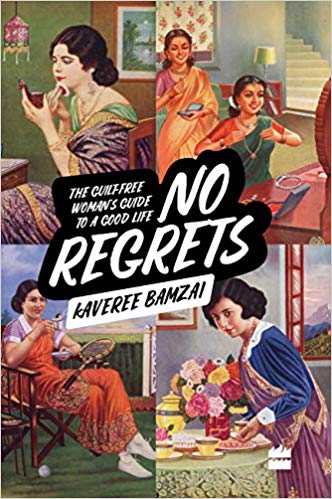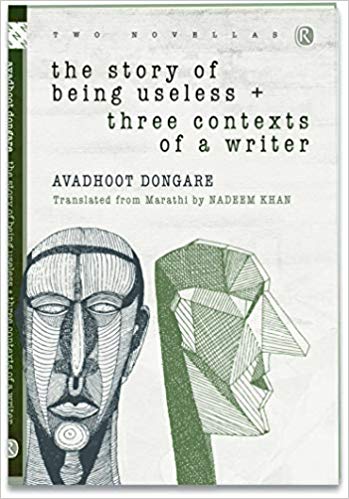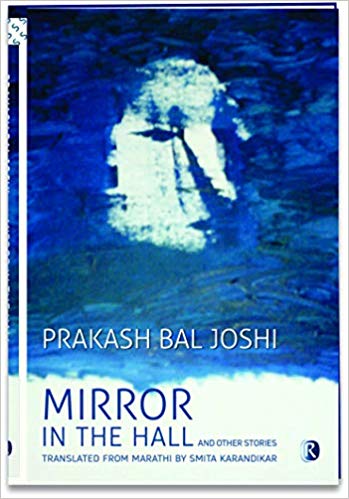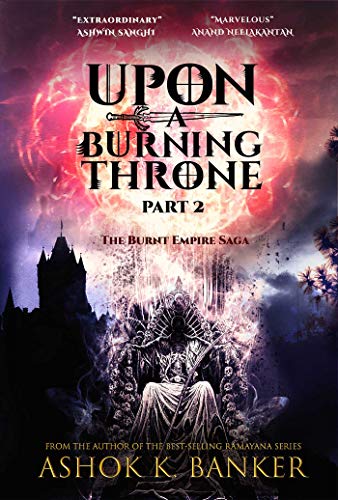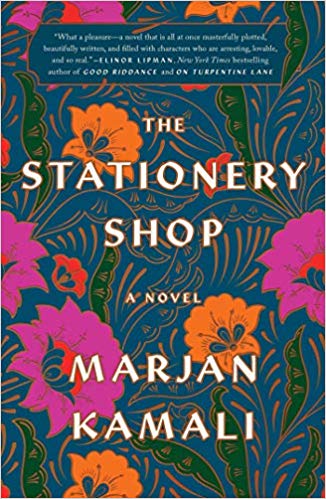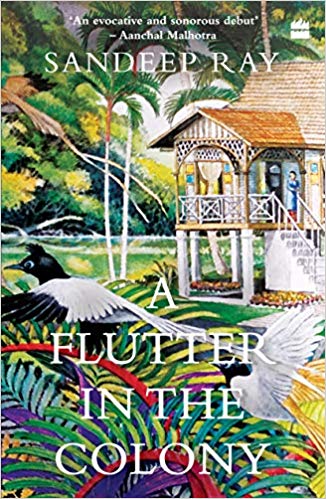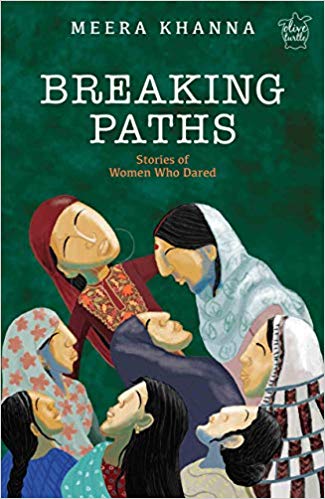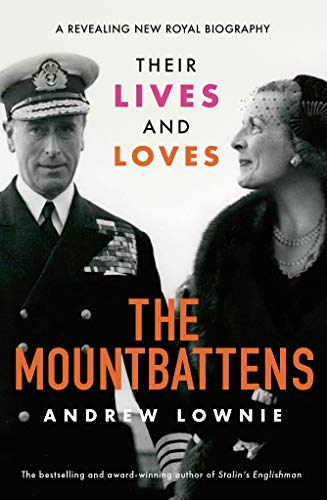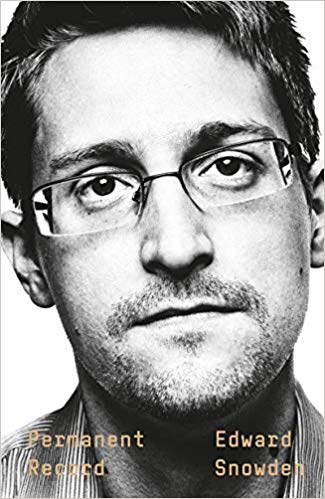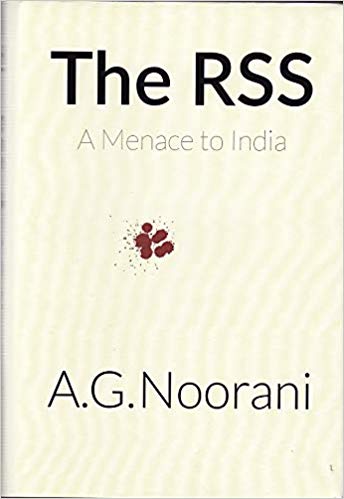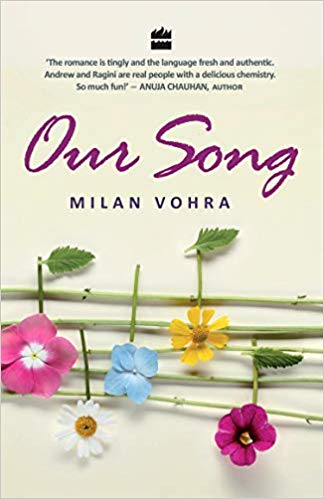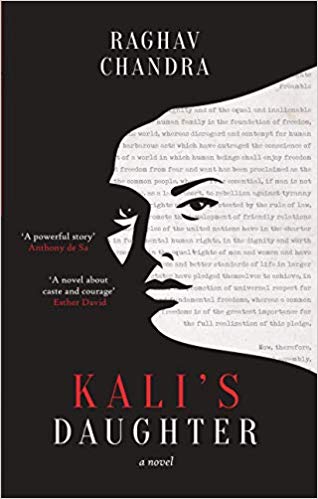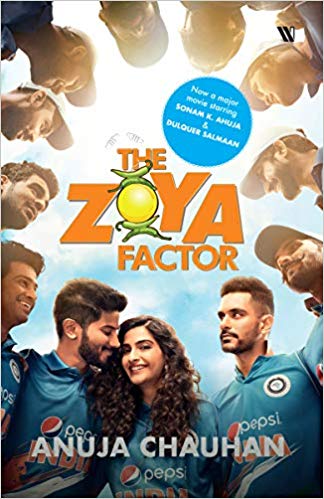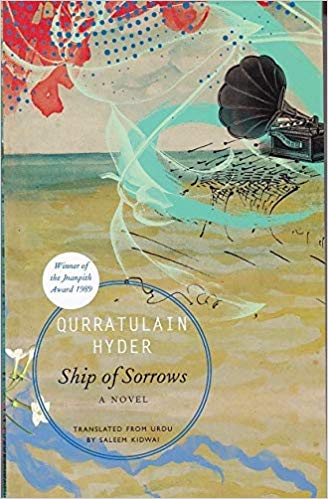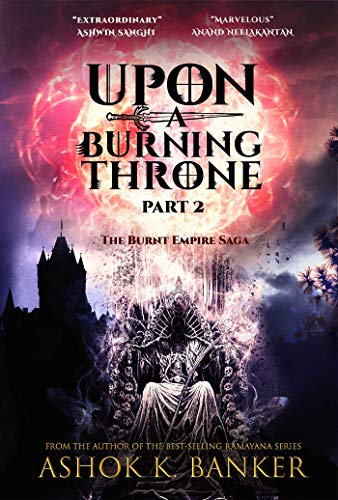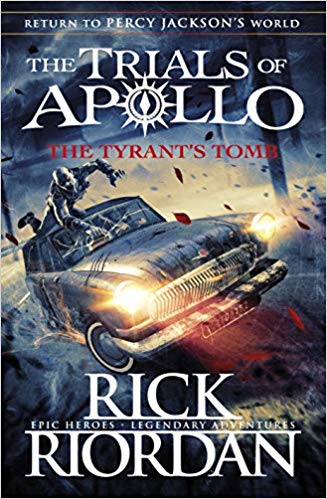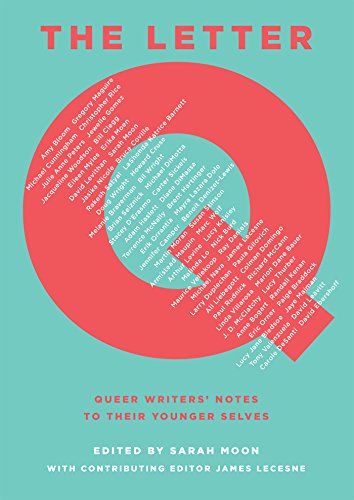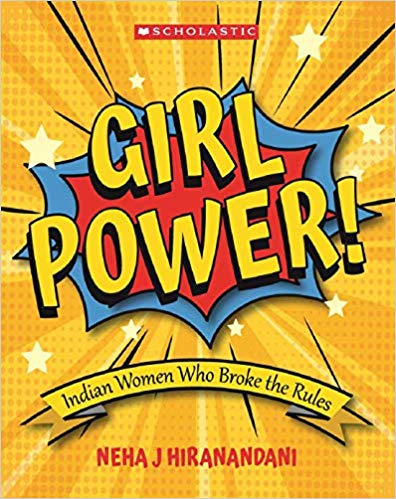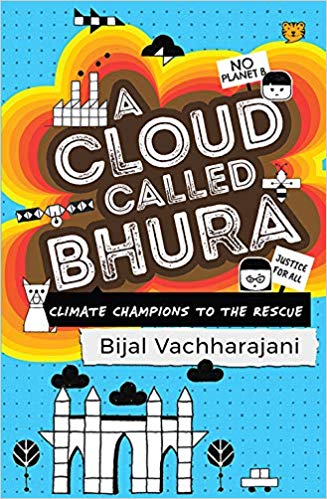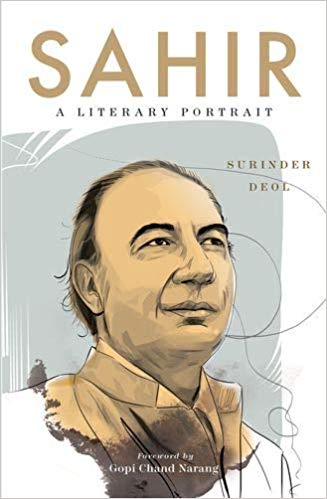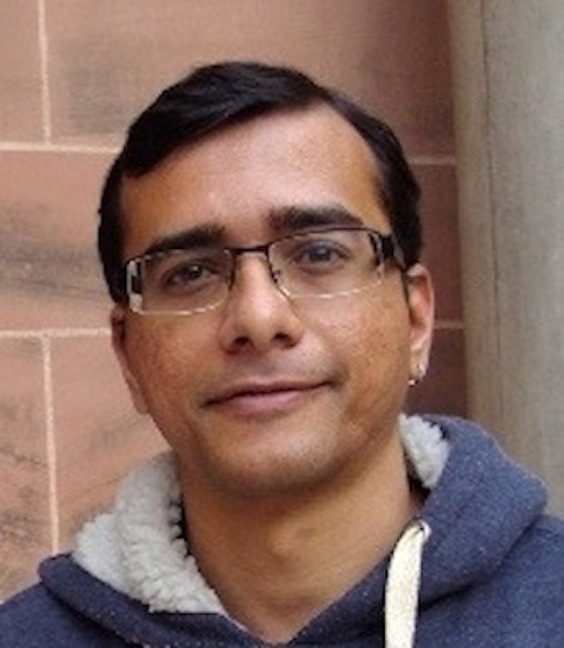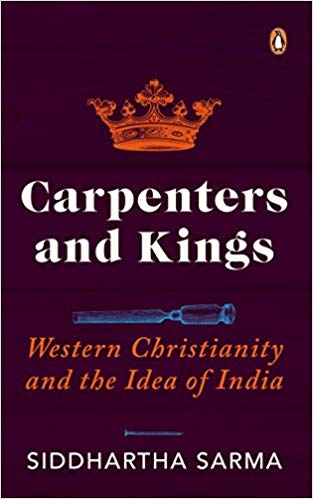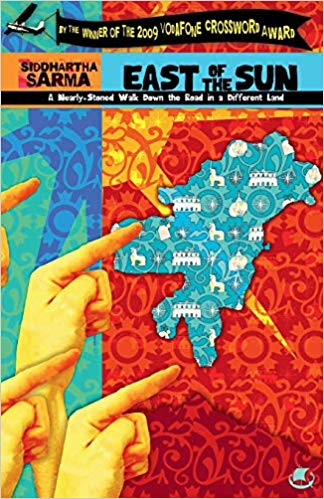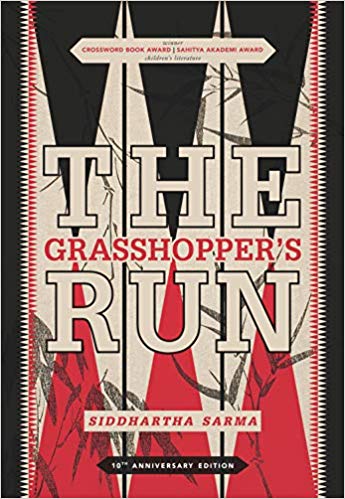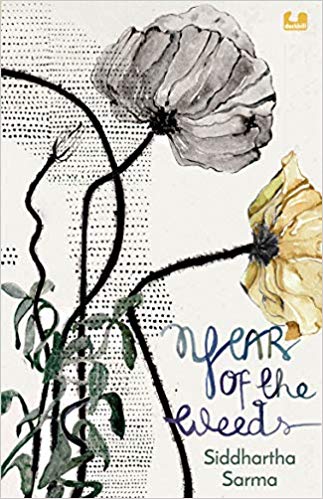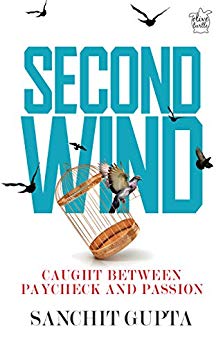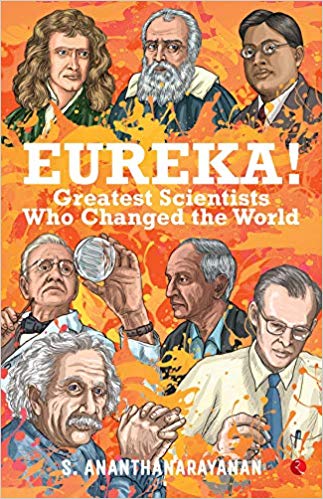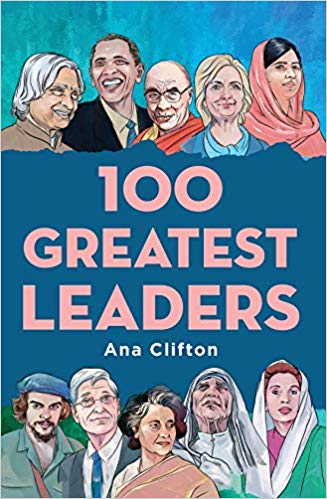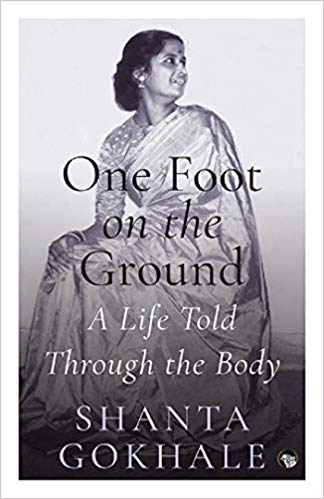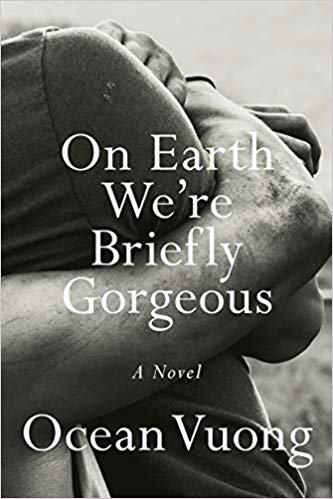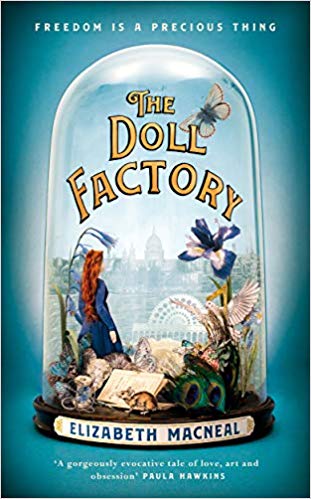Interview with Gitanjali Kolanad
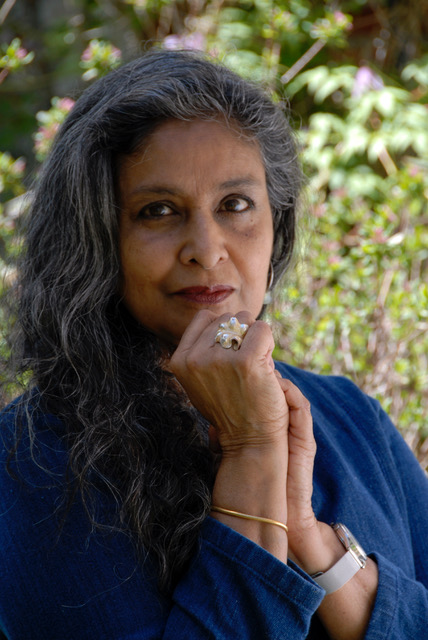
Gitanjali Kolanad was involved in the practice, performance, and teaching of bharata natyam for close to forty years. Her short story collection Sleeping with Movie Stars, published by Penguin India, was long-listed for the Frank O’Connor Prize. She has written numerous articles on aspects of Indian dance for well-known Indian publications. She co-founded IMPACT, which teaches and promotes Indian martial art forms.
Girl Made of Gold is Gitanjali Kolanad’s debut novel, published by Juggernaut Books. It is historical fiction set in Thanjavur in the 1920s. It revolves around the mysterious disappearance of a young devadasi called Kanaka and, as if in her place, a statue of a woman in pure gold mysteriously appears in the temple to which she was to be dedicated. Many villagers assume tht Kanaka has turned into the girl made of gold. Others are determined to search for her. It is a novel that certainly leaves an impact. Even award-winning author Chitra Bannerjee Divakurni was moved to say ‘Girl Made of Gold is an exquisitely written novel, bejewlled with authentic cultural details and characters who take up permanent residence in the reader’s heart. This story of love, loss and discovery will keep you turning the pages until the astonishing end.’
Now the author is completing her second novel, set in Tanjore in the 1930s.
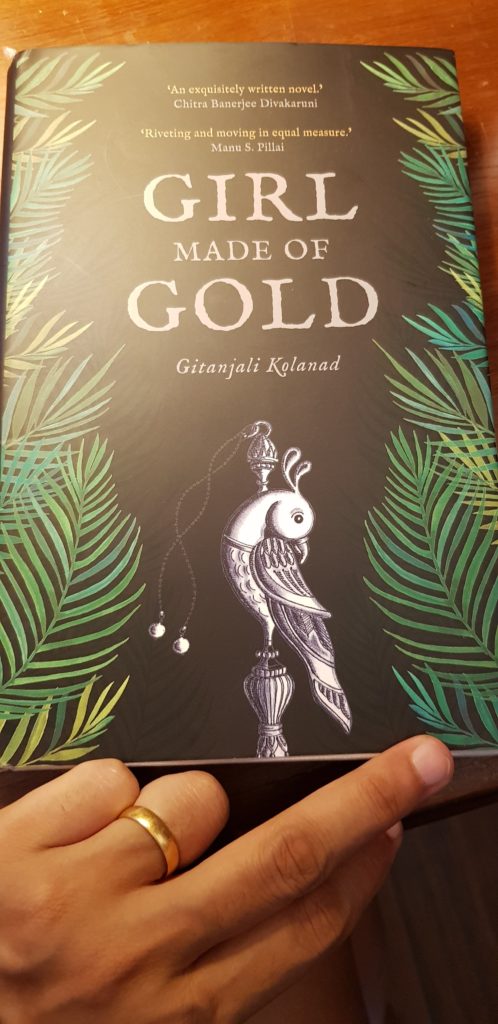
Q1. How long did it take to write Girl Made of Gold? Which was the initial idea in the plot that gripped you and developed into a story?
The initial idea is exactly as I tell in my Afterword: I had a few friends visiting from the UK staying with me in my flat in Madras, so I’d invited VAK Ranga Rao to meet them. He’s a great raconteur, simply full of stories, especially given his multi-faceted life experience, born into a royal family, being a dancer, music critic, film afficionado, well-read, well-travelled. He told us all this story that a devadasi had told him: a girl of her own illustrious family had turned herself into a gold statue in order to escape the attentions of a man. That story raised so many questions – why didn’t she want the man to become her patron? What was so awful about him, or about her situation that she would want to escape from it by means of such a drastic step? And if you don’t believe in girls turning themselves into gold statues, then what really did happen to the young devadasi? That story, from the moment I heard it I knew it was going to occupy my thoughts for a long time. I remember that I actually felt a shiver down my spine.
Then I discovered that such stories of devadasis are in the stalapuranas of many temples – when a man takes a devadasi’s half-chewed paan into his mouth, he becomes a great poet; when a king has a devadasi’s long beautiful hair shaved off, it grows back overnight. Within that world, a devadasi turning into a gold statue is accepted.
Q2. How many drafts did you need to create before completion?
Getting to even one full draft that I could hand to someone else to read was a long laborious process. Clearly, I didn’t have any idea what I was doing. By the time I actually completed my first draft, I’d been researching and writing bits and pieces of the novel for more than five years. But finally, I had managed to get the characters alive in my mind, and I could then record their actions and sentiments almost effortlessly. Or at least, with real enjoyment rather than struggle. So I didn’t need to completely rewrite many sections. The first draft felt like a huge achievement, to get the words onto the page so you can see what’s wrong, what needs editing, what needs to be filled out. It still took a year from the first draft to the finished version that is in print.
Q3. What is the writing schedule you follow?
You have to remember that I didn’t know what I was doing when I started writing. I was a dancer. What does a dancer do? Well, we warm up, do some basic exercises, and that’s what I try to do as part of a daily practice. I write every day for no purpose whatsoever. I don’t care if it’s good, bad or indifferent, it’s just for the feel of my pen moving across the page. I have established rituals of practice that work for me, just as I did as a dancer. I write in long hand, the early stages are never on a computer. The pen has to be just right – black ink, fountain pen, cheap, so I don’t cry if I lose it, since I carry it with me everywhere. The paper has to be just right – squared paper in an A5-sized spiral notebook so it can fit in my bag. I can get very attached to a particular notebook and then if the company stops making it, it’s a tragedy – I worry that I’ll never be able to write again. It has happened to me several times over the years, so now when I find a good notebook I buy ten. No Moleskins or anything expensive – I have to feel that I can write pages and pages of the most utter nonsense without fear of wasting money.
Then, when there’s a germ of a story, I have to let myself be consumed by it, I need time with no fixed appointments of any kind. Then I’ll write intensely and with great focus for hours and hours, early in the morning, late at night, until the story is done. At some point I will feel it settle into a still vague but somewhat coherent shape. At that point I go on the computer and start transcribing my notes. After that all the writing is a process of rewriting, editing, word choice, much more analytical and conscious because the unconscious, creative work has already been done. During this second stage I go back to behaving like a human being, bathing, brushing my teeth, doing chores. I can drop into and out of this part of the process and go back to meeting the world’s demands.
Q4. Do you develop backstories for your characters? I ask as at times it seems as if you are very familiar with the characters, almost as if you are clear about their movement, their emotions, their inner thoughts. Much like you would expect a dancer to internalise a story in order to give it a strong expression.
I don’t think of it as ‘back story’, because during the time when I’m writing in long hand, I have no idea whatsoever as to what will be useful and what not. So yes, there is a great deal that turns out to be back story, but it is at a much later stage of the writing process where decisions like that are made and I come to know what goes into the story and what remains in the notebook, what needs to be foregrounded and what is there simply to make the character real for me. It’s very true that it’s like bringing a padam to life in dance, thank you for noting that. I develop a feel for the nayika as young or mature, as quick to anger, or always calm, as the kind of woman who hides her tears, or one who weeps openly, by embodying her again and again in practice. That’s how I come to know her very well, from the inside out, as it were. That’s the only method I know to make the facial expressions cohere into a nayika that has life on stage.
Q5. Devadasis occupy an unusual space in society. Social rules accord them respect and status while giving them social mobility as well. It is a complicated relationship but as you have shown in the novel, it also makes the devadasis very vulnerable. Why did you choose the devadasi storyline as the basis of your novel?
I didn’t choose that storyline so much as it entered and planted itself in me. But I was fertile ground for that kind of seed, because the repertoire of bharata natyam that I’d been immersed in for so long, was the devadasi’s bodily experience. I’d already learned padams like the one which says, ‘Why should I be afraid of anyone’s gossiping/ with a great man like him as my lover?’ or ‘Where is the nose ring you promised me?’ or ‘That cunning woman has trapped him/he won’t come back to me’. The songs suggest a world of jealousy, illicit relationships and intrigue – what could be a better inspiration for a novel?
Q6. In Girl Made of Gold there is a lot of brutality, a murder and the violent patriarchal attitude of the men towards to their women. Was it hard to write these portions of the story?
When I was working on the novel in London, newspaper stories about the rape and murder of the young girl, only eight years old, in Kashmir, were everywhere, and at unexpected moments, a sudden image of her suffering would come out of nowhere to blindside me, and I could do nothing but weep. What are verbal descriptions compared to real life cruelty? So yes, it is difficult to write of pain and violence, but at the same time, once it’s on the page, there is some semblance of relief. Those scenes of brutality in my novel are written from my own experience, or the experiences of women I spoke to. Which woman in India, or in any other country for that matter, has never been molested? I’d really like to meet her. I was molested when I studied dance in Madras, not as violently as in my novel, but it certainly gave me a point of entry into the scene. And when I went to Gokak to talk to the devadasi women there, they described with extreme frankness the horror of being forced as young girls to have sex with much older men. It’s no fun for the girl, I can tell you. And yet she would often fall in love with the man. I was always conscious that emotional truth is often messy and difficult and complicated.
Q7. Was it easy to transit from a being professional Bharatnatyam dancer to a novelist? What were the pros and cons?
I can’t regret being a bharatanatyam dancer, even though I never had much of a career. Being a dancer requires such discipline – what you eat, when you go to bed, how you sleep, all the care that is required – no high heeled shoes for example, no make-up daily, so that my skin could recover from the stage make-up. And since I wasn’t ever a well-known dancer, my performances were few and far apart, yet I still had to stay in practice, because the deterioration is so quick – miss two or three days and then take twice that long to get back to the same level. I was lucky: my two gurus Nana Kasar and Kalanidhi Narayan made the process of practicing the end in itself; they taught me to give up performance as a goal, and instead make daily practice an end in itself. This is a lesson I took with me into writing.
I felt very lucky to be a dancer when I saw the struggle my friend the painter Vasuddha Thozur had to store her work. A space had to be found to keep her beautiful paintings, while my work left no residue, stopped weighing on me the minute I was finished with it. I loved that feeling of not being tied down by what I’d already done. And the masterpieces weren’t hung on the wall, they were within me – ragamalika varnum, a Jayadeva ashtapadi, a thillana in Mohana raga, they became part of my cellular structure. On the other hand, when I stopped dancing, I had nothing much to show for decades of work. A dance piece that no one was interested in when I first performed it, can’t find a more sympathetic audience in the next generation, as books sometimes do. So that’s the big difference – a book has a life separate from the writer, while the dance and the dancer are indivisible.
Q8. In a Bharatanatyam performance, the onus is upon the dancer to tell a story from multiple perspectives. In a riveting dance performance the multiple characters stand out. In some senses, it holds true for a novelist as well. What was your experience in writing the novel, telling a story using words as opposed to being a dancer telling a story using visual expressions and hands to emote?
The experience of dancing is so immediate and flowing that is it is hard to describe exactly what’s happening in those moments of eyes, fingers, arms, legs, torso, moving in stylized ways. Not only that, an analytical approach to what’s going on can inhibit the process, and for me, the attempt has always been to silence that part of my consciousness that watches and comments, usually critically, on what I’m doing. That movement in and out of characters is an embodied melting of consciousness like a stream around rocks, and no surprise, the word for that state is ‘flow’. It’s very exciting but also risky, and what it means is that sometimes, it’s not going to be a riveting performance at all.
In my writing, I try to do the same thing, get into that state of flow, but with the advantage that once the words are on the page that critical faculty can be exercised to get rid of whatever isn’t working.
Q9. Did you at any time find that the characters were in control of the story rather than you or were you always sure how the plot would develop?
It’s a strange kind of magic the way the characters take on a life of their own – many writers have made the phenomena central to their fiction, as in Jorge Luis Borges story ‘The Other’, where there is a confusion between the character and the author, or in Peter Carey’s novel, ‘My Life as a Fake’ where the character tries to kill his creator. Those are doppelganger stories, but the experience is the same even when the character is very different from the author. All of us who love reading know that feeling, otherwise why visit Baker St. to see where Sherlock Holmes lived? And if the characters in other people’s books can be so alive, then it’s no surprise that one’s own characters take on a life of their own and do exactly as they please. The plot develops out of their behaviour, and I have to wait for them to do something, and watch and listen, and write it down, rather than move them around like pawns on a chessboard, or puppets. That’s why it’s so time consuming! Characters are very stubborn and don’t take kindly to hints from the author, at least in my experience.
Q10. What were the challenges in writing historical fiction? What did the research for this novel entail? What are the examples of historical fiction that appeal to you?
The challenge of historical fiction is to be true to as many facts as you can ferret out about the times you’re writing about, and it’s very difficult to figure out very simple things – like when did people in a small village in South India start having clocks on their walls, or watches on their wrists? How would people talk about time if there wasn’t a clock? Or when cars were introduced to India, how did they get gas? There were no petrol stations. I read about a rich man who’d sit in his car and have it pushed along the street by his servants. Try as I might, I couldn’t work that wonderful little detail into Girl Made of Gold. Maybe into the next one. Little things like that make it both treacherous and great fun to write about a time period that is outside one’s own experience.
I tried to read newspapers and magazines written in exactly the times I was writing about, as well as novelists who were contemporary then. I read the District Manuals for Tanjore, Puddukottai and the Madras Presidency for the relevant years, at the British Library, and I actually went to the District Collector’s Office in Tanjore, and they let me sit at a desk, while a clerk brought me boxes of papers which I could read, actual letters about the daily affairs – droughts, harvests, crimes, the weather. I lived in an agraharam near Tanjore, and spoke to old people who remembered the period. I could do research forever if I let myself, because there is endless information that can be unearthed.
I read ‘War and Peace’ when I was a student at Kalakshetra in the early 1970s, when there was literally nothing else to do and books from the Russian Cultural Centre were cheap; I skipped over the history at first, but then I’d have to go back and read those parts too, out of boredom with staring at the walls of my room in the hostel.The voice of the geisha Sayuri in ‘Memoirs of a Geisha’ held me in its thrall, I was completely transported into a different culture, values and time period that became vivid and real. I’m also an avid reader of the Judge Dee murder mysteries, set in the Tang dynasty, by Robert van Gulik. Hillary Mantel has made historical fiction newly popular, but the period, place and people she writes about are simply not of interest to me, so I haven’t read anything by her, though I’ve been very inspired by her fearlessness in going against prevailing versions of history.
Q11. A mesmerising aspect of your storytelling in the novel are the sentences. I had to put the book down many times as I kept getting the sense that you were trying to replicate a dance performance in the manner in which the words were strung. Did you play with the structure of the sentences consciously?
Thank you for saying that. Whenever I get stuck I use structure as a force to make something happen. So if everything on the page is tedious, I use the rhythms of the dance korvais as a constraint: That – dit – tha num – num – num – di. Afterwards, I don’t necessarily keep that pattern in the finished sentence, but at least it gets my pen moving, and maybe some of that rhythm has left a trace in the finished novel.
Also, the most famous analogy about the bharata natyam performance, the margam, is that it’s structured as a temple. Balasaraswathi said that alaripu is like entering the temple; by the time the padams are danced, one has reached the dark interior of the sanctum sanctorum. That mapping of dance onto temple stayed with me, and I brought it to mind while I wrote the novel, it was a potent image, so if some resonance of that has struck you, I’m very gratified.
Q12. Nowadays the trend is to get stories adapted to film but do you think Girl Made of Gold can be adapted into a dance performance?
Can I confess that I would love to see the Netflix series of Girl Made of Gold? I can imagine a girl like the beautiful 14-year-old Aparna Sen in Satyjit Ray’s ‘Teen Kanya’ playing Kanaka. Someone, please, make this happen.
The dance performance would have a very different shape and purpose than the novel. For example, if it was done like a Kalakshetra dance drama l don’t think it would work. But of course there is a way to do it, concentrating on communicating not plot but emotion – so much of the emotion is drawn directly from the padams and javalis of the bharata natyam repertoire anyway. Let those songs tell the story of desire and its power, not in a linear narrative, but in a more impressionistic and multidisciplinary layered story-telling. That’s probably how I would do it.
11 August 2020

